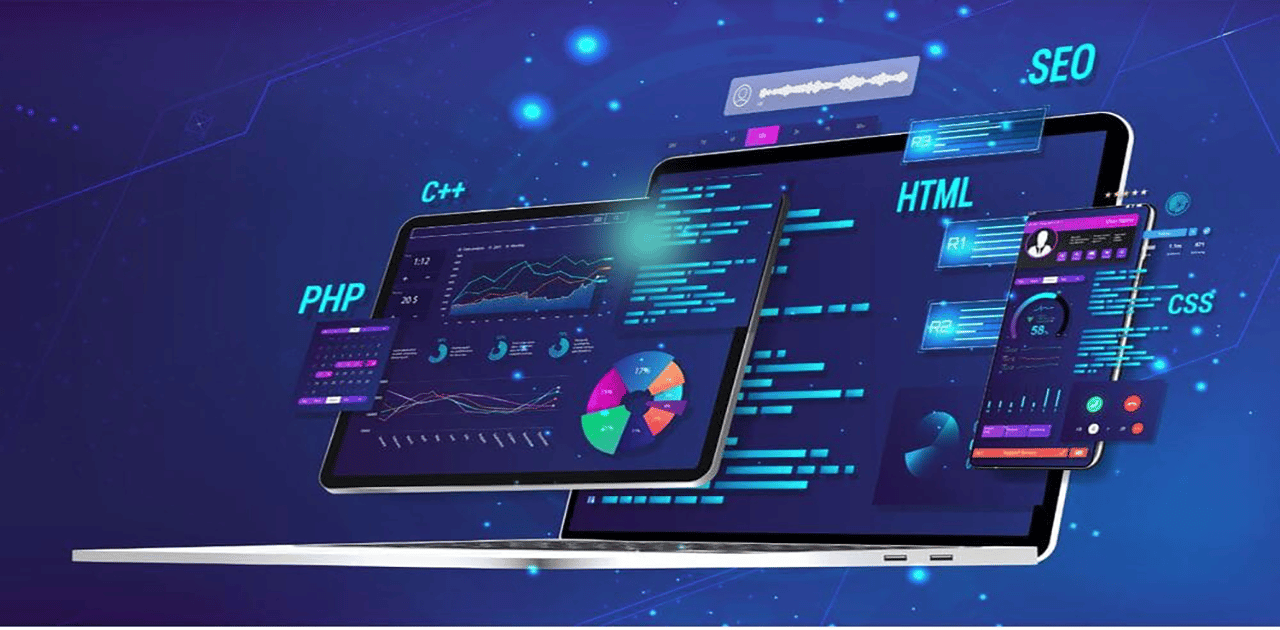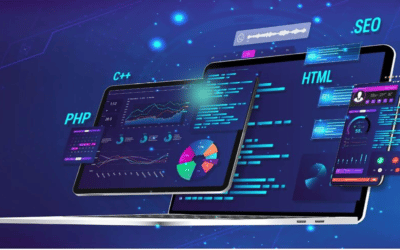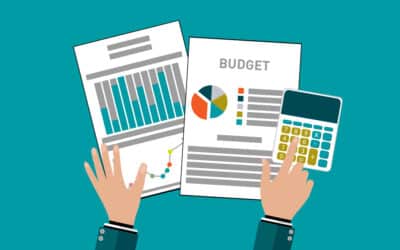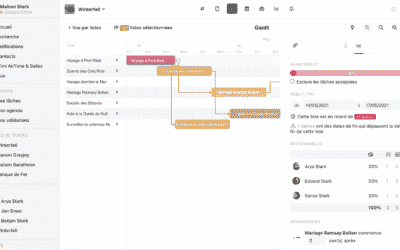Want to launch your own web project? Whether you want to create your own website or e-commerce site, an online quiz, a new software or a new application, before you start, you must first ask yourself several questions. This reflection phase is essential to facilitate your task and guarantee the success of your project.
Indeed, whatever the nature of the project, it is important to define its parameters in order to clearly identify the different tasks to be accomplished, and to ensure that it meets the needs and requirements of the client. Rather than jumping in head first, take the time to clarify the content and boundaries of the project with these 6 questions.
What are the objectives of the project?
This first question is essential. Why are you embarking on this digital project? What are the reasons why you decided to create a website or a new application?
To begin with, you need to define the objectives that this project will enable you to achieve. Do you want to create a new website to make yourself known and improve your reputation? Do you want to sell your products/services online in addition to your shops? Do you plan to attract more customers and thus increase your turnover?
To define the objectives of your web project, use the SMART method, an acronym that stands for :
- Specific: your objective should be simple, clear and precise.
- Measurable: by setting up different indicators (KPIs), you should be able to easily evaluate the progress made towards the goal.
- Acceptable and ambitious: your objective should be a challenge that is both motivating and accessible for your team.
- Realistic: your objective should be relevant to your company’s strategy, and it should take into account your various constraints (budget, deadlines, resources, etc.).
- Temporally defined: your project must have a deadline, this is essential. Your objectives must therefore be defined in time.
What are the risks and constraints of the project?
It is rare that a project goes exactly as planned. Throughout the duration of your project, you will be confronted with hazards and unforeseen events that will disrupt its smooth running. A computer breakdown or virus, the resignation of a member of the project team, lack of skills or budget, etc., are all problems that you need to think about.
By thinking about the constraints and potential risks of the project from the start, you can :
- eliminate risks by anticipating potential problems and taking action to remove the causes of the risks
- reduce the negative impact on your project, because if you can’t prevent something unexpected from happening, you can limit its effect on your project;
- rethink the project by simplifying it or finding other alternatives to avoid a risk altogether.
Once you have listed the possible risks and constraints of the project, you need to assess and rank them according to their impact and likelihood of occurrence. It will then be easier for you to monitor them to try to control their effects on the project.
What resources do you need to carry it out?
When starting a project, regardless of its size or area of activity, it is essential to estimate the human, material and financial resources you will need to complete it on time. Indeed, a lack of tools, skills or budget can be a hindrance to the completion of your project.
This is the time to make a list of the tools you need to carry out your digital project, identify the skills you need and estimate the budget required.
Who are the people involved in the project?
To give yourself the best chance of success, you need to surround yourself with a competent team. So choose carefully the people who will work with you on your web project. If you are short of skills, you can either recruit a new member of staff or use the services of an external service provider for the duration of the project.
Next, you need to define the roles and responsibilities of everyone involved in the project. In this way, everyone will know who does what on the project.
What are the main stages of the project?
Organisation is the key to the success of a project. It is therefore important to define and plan the main stages of your web project. For example, writing the specifications, creating a model, developing the site/software, testing, going online, etc.
For each of these stages, list the different tasks to be carried out and the deliverables to be provided, estimate the time needed to carry out each task, and then assign these tasks to the members of your team.
In this way, you have a fairly accurate idea of how long your project will take and how much work needs to be done. Of course, if you are using the agile method, your schedule will change according to the client’s demands, but this ensures that you do not forget anything.
How do you monitor the project’s progress and measure the team’s performance?
To ensure that your web project is delivered on time and within budget, it is essential to monitor its progress. To do this, the implementation of key performance indicators (or KPIs) is essential. With these indicators, you know whether a task is on time, late or slightly ahead of schedule.
It’s recommended to use a project management software such as Wimi. In addition to all the essential functionalities for effectively managing your projects and promoting collaboration and communication within your team, this collaborative suite has a reporting tool. It allows you to monitor the activity of your projects thanks to graphs, to estimate realistic delivery dates, to know the workload of your collaborators and to evaluate their performance.
By answering these six questions, you should have all the keys in hand to manage your web project efficiently. It’s up to you!









